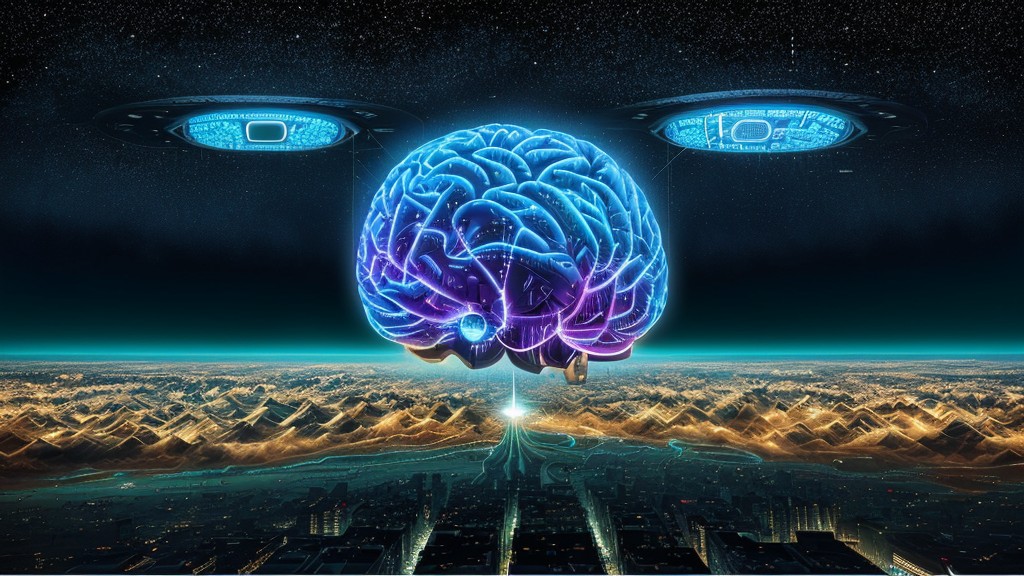
Harnessing Superintelligence: A New Epoch of AI Evolution Beckons
As we stand at the cusp of AI evolution, the concept of Superintelligence – AI that surpasses AGI (Artificial General Intelligence) – has made headlines, eliciting a mix of exhilaration and apprehension. Today, let’s dive into a future predicted by OpenAI, where Superintelligence could become a reality by 2030, and the steps they are taking to master this formidable technology.
The anticipation surrounding Superintelligence is colossal. It holds the promise of solutions to many of the world’s persistent problems, potentially hurling us into an era of unprecedented prosperity. Yet, like two sides of a coin, it also presents the chilling possibility of existential risks, up to and including human extinction.
OpenAI, the creators of the language model, ChatGPT, has embarked on an audacious project to meet this challenge head-on. The recently unveiled Superalignment Initiative is a bold move to align Superintelligence with human interests. As AI surpasses human intelligence, traditional methods, such as reinforcement learning from human feedback, might prove inadequate. The biggest fear? We lack a failsafe for steering or restraining Superintelligent AI.
The Superalignment team, co-led by Ilya Sutskever and Jan Leike, will direct 20% of OpenAI’s computational resources towards achieving this monumental task. They aim to develop a “human-level automated alignment researcher,” capable of learning from human feedback and evaluating other AI systems. The goal is ambitious: to create AI capable of independently researching alignment solutions. As these AI systems evolve, they could take over, refine, and improve alignment tasks, thus ensuring their successors align more accurately with human values.
Despite the potential risks, such as amplification of biases and vulnerabilities, the team remains optimistic about the potential of machine learning in solving alignment challenges. Their intention is not just to succeed but also to share their discoveries with the wider AI community.
So, how should we, as individuals, prepare for this potential future? And are we ready to coexist with Superintelligence?
There are no clear-cut answers yet. But one thing is clear: we must remain informed, engaged, and proactive. We need to understand the principles of AI, its potential benefits, and risks. Public awareness and discourse around AI ethics, policies, and regulations must be encouraged. More than ever, cross-disciplinary collaboration among technologists, ethicists, policymakers, educators, and other stakeholders is necessary to navigate this uncharted terrain.
As OpenAI progresses with the Superalignment Initiative, it’s critical that the broader AI community and the public follow suit. Let’s be part of the journey to harness Superintelligence safely and responsibly. After all, our future could depend on it.
